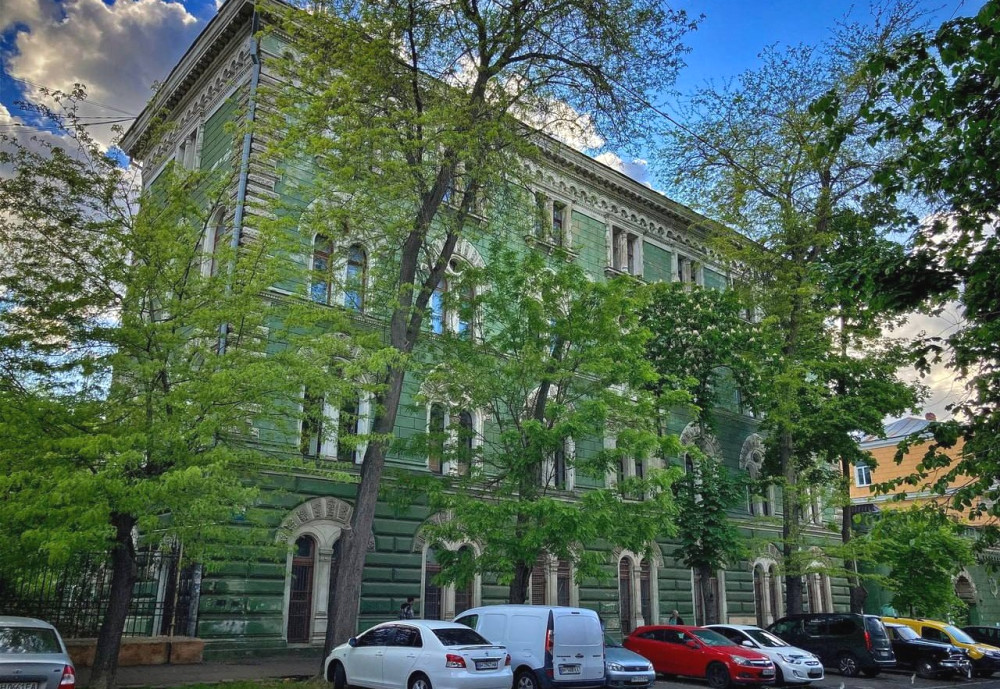Renaming of a Street in Odessa
The Levanevsky Dead End in Odessa has been renamed Tolvinsky Lane.
Key points:
- The Levanevsky Dead End is now Tolvinsky Lane.
- Mykola Tolvinsky was a prominent architect who worked in Odessa since 1887.
- He designed several notable projects, including the "Kuyalnik" health resort, university buildings, and structures at the Railway Station Square.
- He also created buildings, an observatory, and the library of ONU.
- After his time in Odessa, he moved to Warsaw, where his son became a founder of the Polish urban planning school.
Mykola Kostiantynovych Tolvinsky (1857 – 1924) was born in Warsaw, but he experienced his creative peak in Odessa. From 1887, he worked in the city administration and judicial chamber, designing residential and public buildings that still adorn the city today.
In the heart of the city, at Railway Station Square, Tolvinsky's designs included the buildings for judicial institutions and the Zemstvo administration, both in the Renaissance style. Currently, these buildings house the Odessa railway administration.
Among his significant projects are the hospital wing of the "Kuyalnik" health resort, buildings for the physical and chemical faculties of Odessa University, as well as the anatomical building of the Medical University, the magnetic-meteorological observatory, and the scientific library of ONU.
In 1900, the architect returned to Warsaw, where he continued his work at the polytechnic institute. His son Tadeusz Tolvinsky, born in Odessa, became one of the founders of modern urban planning science in Poland.


